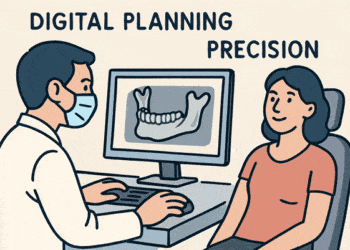Everyone has heard of gallstones, but not all of us have a good idea of why they occur and what we can do to treat the condition. If you have been diagnosed with gallstones or you suspect that you have gallstones, it will always be good to know as much as you can about your condition so you know what to expect. But what else should you know about gallstones and, more importantly, what can you do to treat them? The following are quick facts about gallstones – and why and when you should seek treatment.
Basic facts on gallstones
Gallstones are essentially hard deposits of the body’s digestive fluids that form in the gallbladder. The gallbladder is an organ with a pear shape located on the right portion of the abdomen, right underneath the liver, and it holds a fluid that aids in digestion referred to as bile, which is released into a person’s small intestine. Gallstones can have different sizes, the smallest comparable to a sand grain and the largest as big as a golf ball. You can have just one single gallstone or you can develop several at the same time.
The symptoms
It’s important to note that gallstones can show no signs or symptoms, and it’s only those that cause symptoms that usually require surgery for gallbladder removal. If gallstones become lodged in a duct, this can result in blockage, with accompanying symptoms such as sudden and quickly worsening pain on the upper portion of the abdomen, sudden and intense pain on the abdomen’s centre, right underneath the breastbone, and back pain located right in the middle of the shoulder blades. It can also show up as pain on the right shoulder and cause vomiting and nausea.
When you should see a specialist
You should make an appointment with a gallbladder surgery London specialist such as one from The London Surgical Group who is experienced with gallstone surgery in London if you notice symptoms and signs that are worrying, such as intense abdominal pain where you cannot be comfortable or find a good position to sit. You should visit a specialist right away if you also notice your skin and the whites of your eyes turning yellow and if you experience chills accompanied by a high fever.
The risks of complications
It’s important to have your gallstones treated because it can come with the risk of certain complications, including gallbladder inflammation, blockage of the bile duct, and pancreatic duct blockage. Gallbladder inflammation can occur if a gallstone gets lodged in the gallbladder’s neck, and it’s a condition referred to as cholecystitis. This can result in serious pain as well as fever.
If the bile duct tubes where bile goes through from the liver or gallbladder to the small intestine are blocked by gallstones, this can also cause serious discomfort and pain, and jaundice. An infection can occur as a result as well.
If the pancreatic duct is blocked by gallstones, this can result in pancreatitis or inflammation of the pancreas, and the symptoms include intense and constant pain in the abdomen that requires immediate hospitalisation.
Individuals who have a history of having gallstones also have a higher risk of developing gallbladder cancer, and even though this cancer is rare, it is still in your best interest to have your gallbladder removed to prevent further complications.







